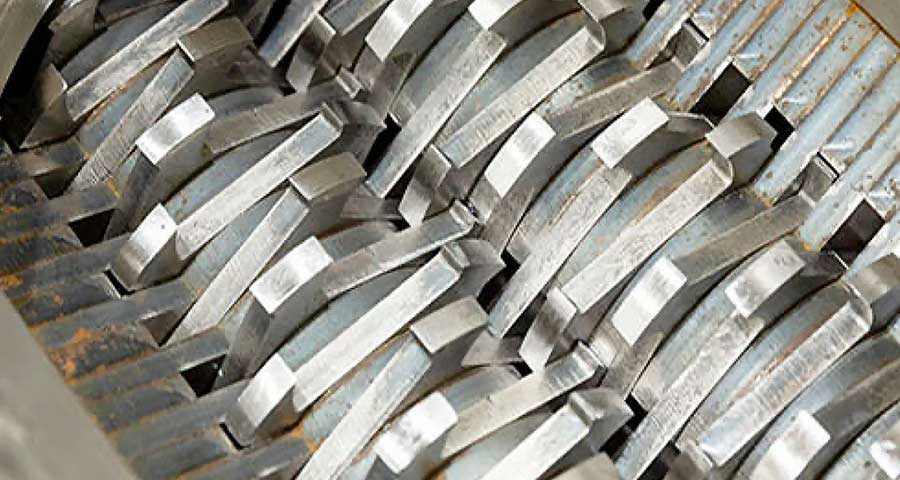MACS-
AUTOCLAVES
The economical and environmentally friendly solution for hazardous waste.
MACS Technology
Our cutting-edge MACS technology seamlessly integrates pre-shredding with thermal sterilization under a controlled vacuum environment, eliminating the need for chemical treatments. This approach not only reinforces our commitment to environmental sustainability, but also improves the efficiency of the sterilisation process.
With state-of-the-art machinery and rapid processing times, MACS-Autoclaves deliver unparalleled reliability and longevity. The incorporation of advanced smart software, coupled with low operational and maintenance costs, ensures that MACS-Autoclaves are both highly efficient and economically viable.
MACS-Autoclaves represent the most reliable and eco-friendly solution for transforming hazardous waste into residual waste. A standout feature is their CO₂-neutral operation, which protects the environment and benefits both nature and operators.

Types of waste that can be treated:
EWC Codes:
180101, 180102, 180103, 180109, 50111*
Special Software Program for Liquid
and Food Waste.
*Cytotoxic and radioactive waste excluded.
Medical Waste Treatment

Confirmation by UNEP
The United Nations Environment Program (UNEP) has conducted a comprehensive study on various methods and equipment available in the market for medical waste treatment (Compendium of Technologies for Treatment/Destruction of Healthcare Waste, 2012). UNEP’s findings highlight the effectiveness and innovation of MACS technology, particularly its pre-shredding autoclaving technology, which sets a benchmark for safe and sustainable waste management solutions.
For more information, visit the UNEP website.
The MACS Process
This process reduces waste volume by up to 97% and operates emission-free with minimal water consumption. With a cycle time of just 60 minutes, MACS meets all requirements of the Robert Koch Institute and surpasses WHO standards with a Sterility Assurance Level (SAL) of up to 10-48. It is a fast, reliable solution that sets new standards in sustainable waste treatment.

Loading
Waste is securely loaded into the autoclave through the top hopper lid, which is then sealed to ensure containment and safety throughout the process.

Shredding
Within the sealed system, waste materials are thoroughly shredded, maximising surface area for more effective sterilisation and ensuring complete breakdown of hazardous components.
Fractionated vacuum
The system removes air using a highly efficient vacuum process and prepares the chamber by creating an ideal environment for steam penetration and sterilisation.
Sterilisation
Sterilisation takes place at high temperatures, consistently reaching 134°C, to ensure that all microorganisms are effectively killed and that WHO sterility assurance levels are exceeded.
Drying
After the sterilization process, a vacuum is again created to reduce residual moisture and ensure that the waste is dry, minimizing the potential for bacterial growth.
Pressure equalisation
The system then normalises the pressure between the autoclave and the external environment and stabilizes the internal atmosphere for safe discharge of the material.

Discharge
When the process is complete, the lower outlet lid is opened to allow safe and controlled discharge of the sterilised material, which is now as non-hazardous as household waste.
Automatic leak test
To ensure the integrity of the sterilisation environment, an automatic leak test is performed at the end of each cycle, checking the containment measures and preparing the system for the next load.
MACS Benefits
The MACS-Technology offers efficient volume reduction, on-site disposal, and easy plug-and-play installation. With highest safety standards, minimal connection requirements, and flexible capacities, it enables user-friendly and cost-effective waste management.
With highest safety standards, minimal connection requirements, and flexible capacities, it enables user-friendly and cost-effective waste management. Advanced software integration provides regular updates and remote access capabilities, while financial benefits are achieved through reduced handling costs and long-term cost efficiency. Additionally, MACS-Technology supports sustainable practices through a chemical-free process that requires only electricity and water, ensuring an environmentally friendly operation.

